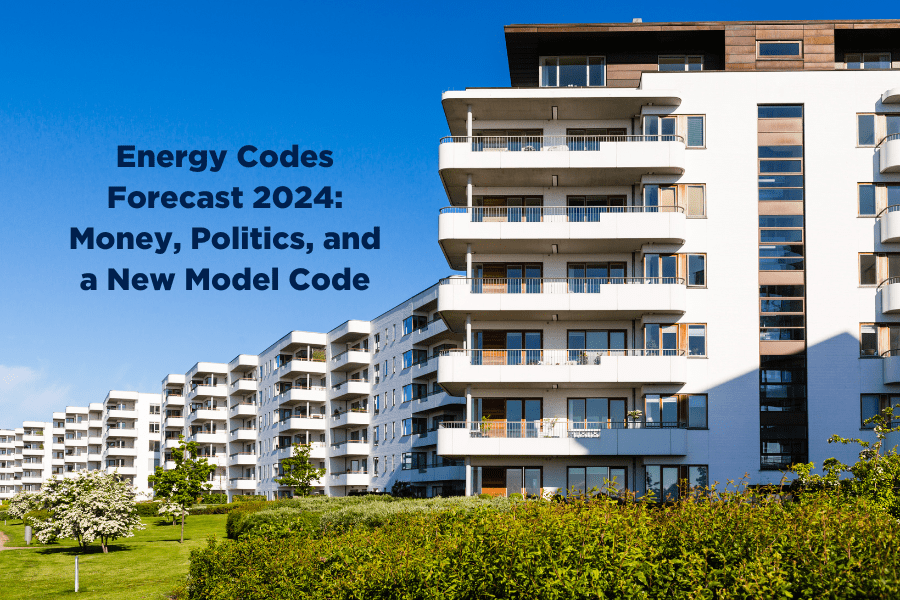However, despite the cost-effectiveness and multiple energy, environmental, health, and safety benefits that building energy codes deliver, efforts to improve energy codes—including training, outreach, implementation support, and enforcement—significantly lack the funds and resources that are needed. The result? Buildings waste far more energy and resources than they should—representing billions of dollars in missed energy savings, as well as a missed opportunity for better quality and more resilient buildings.
Improving energy code adoption and compliance is central to IMT’s DNA, dating back to the organization’s genesis more than two decades ago. IMT continues to advocate for better building codes through code design, development, training, research, outreach, and advocacy. We also collaborate with numerous national and regional organizations to make building standards more effective worldwide.

View the Spanish version.
Our Energy Codes Work

Collaborating with Local Governments to Improve Compliance
Compliance initiatives at all levels of government need a significant increase in resources, and local enforcement must improve substantially to boost compliance rates. IMT created a tool designed to help cities identify residential and commercial code compliance issues, as well as areas that each jurisdiction should focus on to improve compliance rates. The District of Columbia used this methodology to raise its compliance rate from 74 percent to 99 percent over two years

Supporting the Development of Efficient New Energy Codes
Every three years, the IECC is updated to incorporate new building technologies and practices to ensure that new U.S. homes and commercial buildings meet modern-day minimum levels of efficiency. Starting with the 2024 IECC, the code is determined by committee members, representing nine different categories, including governmental regulators.

Promoting State and Local Energy Code Adoption
IMT is dedicated to promoting the adoption of the latest version of the IECC for Residential and Commercial buildings. Leveraging our resources, interested parties can take action at the local level.

Leading Initiatives to Assess the Value of Energy-Saving Codes
IMT is the principal investigator for several U.S. Department of Energy-funded initiatives related to energy code compliance through the Building Energy Code Program.
Want to Learn More?
Contact us today to learn more about IMT’s on-going codes work and visit our Resource Library to browse our past resources on energy codes and code compliance.



